For your information
You are being redirected to one of our divisional subsites which contains more detailed information on the required division. To navigate back to the main Invicta Group site, please click the link found in the footer at the bottom of the page.
- Durasteel
Discover the benefits of Durasteel
- Systems
Systems
- Expertise
Expertise
-
Applications
- Aircraft Hangar Fire Protection
- Battery Storage Facilities
- Building Fire Compartmentation
- Anti-Terrorist Blast Protection
- Cable Tunnel Fire Compartmentation
- Equipment Delivery Hatches
- Equipment Enclosures
- Heat Shields
- Power Station Fire Protection
- Metro and Rail Fire Protection
- High Voltage Cable Protection
- Substation Fire & Blast Protection
- Tunnel Fire Protection
- Oil & Gas Fire & Blast Protection
- Ventilation Systems
- Wind Farm Fire Protection
-
Applications
- Projects
- Insights
Insights
-
Articles
- The benefits of passive fire protection for businesses
- What BS 9991 changes mean for building fire safety
- Does the rise in electric vehicle fires pose a risk to buildings?
- What Boeing’s downfall says about safety culture
- Does AI pose a threat to fire safety?
- What we can learn from the Grenfell report
- Frequently Asked Questions
- A to Z of Terms
-
Articles
- Contact
Contact

UK +44 1843 220 256

US +1 305 328 9444

UAE +971 4 277 6225

Qatar +974 4441 4340

India +91 79945 14049

Malaysia +60 16 286 6225
- Start your project
Triangle of Fire & Active vs Passive Fire Protection
19th September 2019
Quick Quote
Contact Fraser Shearer Sarun Vysakham Ben Tan Anand Raghavan Anand Raghavan Our USA Office
To get a quotation or arrange a free site survey - Call Fraser Shearer Sarun Vysakham Ben Tan Anand Raghavan Anand Raghavan Our USA Office on
-
 UK
UK
-
 UAE
UAE
-
 Malaysia
Malaysia
-
 India
India
-
 Qatar
Qatar
-
 USA
USA
Current location:
Quick Quote
Contact Fraser Shearer Sarun Vysakham Ben Tan Anand Raghavan Anand Raghavan Our USA Office
-
 UK
UK
-
 UAE
UAE
-
 Malaysia
Malaysia
-
 India
India
-
 Qatar
Qatar
-
 USA
USA
Current location:
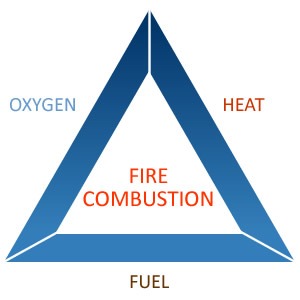
The ‘Combustion Triangle’ or ‘Fire Triangle’ is a simple model illustrating that in order for fire to exist, three elements are required – Oxygen, Heat and Fuel. It therefore means in order to prevent or extinguish a fire, removing any one of these components would do it.
When these three elements are combined at the right mixtures, a fire will naturally occur. However, a fire can be prevented from igniting or a fire that is already burning extinguished by removing any single one of these elements:
- Removing the fuel element
- Excluding the oxygen
- Removing the source of heat
PASSIVE FIRE PROTECTION
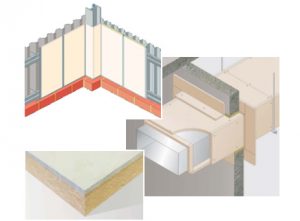
Passive Fire Protection attempts to contain fires and limit/slow their spread throughout a building, through use of devices such as fire resistant walls, doors and floors. Unlike with active fire protection, passive fire protection systems do not require turning on, or power, gas or water to operate. They are always ‘on’ (cannot be turned ‘off’) and are inherent to the structure of a building. In the event of a fire, passive fire protection systems can contain the spread of both fire and smoke.
ACTIVE FIRE PROTECTION
Active Fire Protection devices and systems are reactive and require a certain amount of motion and response in order to work. This type of fire protection is installed additionally to the structure of a building. There are two types of active fire protection:
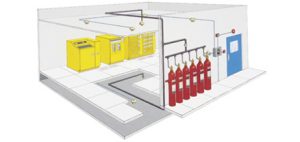
- Fire Suppressants – These devices and systems are used to control or extinguish a fire that has already ignited. Examples of active fire suppressants include fire extinguishers, sprinkler systems and gaseous cleaning agents.
- Fire Detectors – These devices and systems detect the existence of a fire by locating the smoke, flame or heat, and an audible alarm is sounded to alert people to evacuate the building.
Accreditations & Affiliations
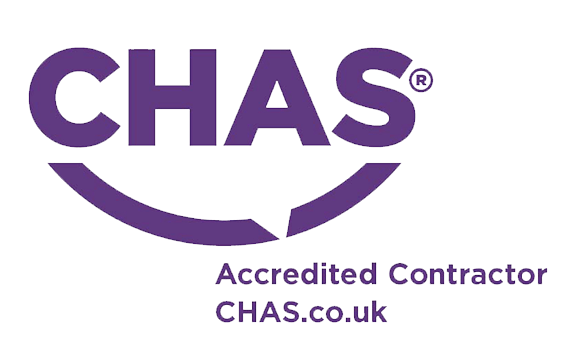
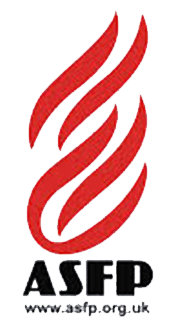





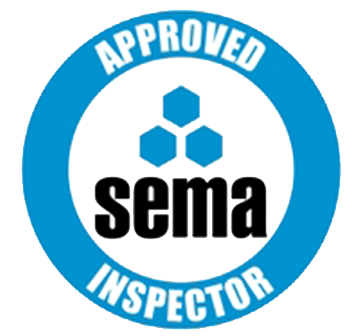



SpecUp - System Specification Wizard
Answer the 5 short questions below to receive your recommended Durasteel system specifications. Hover over the ? icons for a brief explanation.
Question 1/5
Type of system required?
Question 2/5
Fire rating required?
Question 3/5
Fire integrity-only or integrity and insulation?
Question 4/5
Fire attack risk from one side or both sides of the system?
Question 5/5
Blast rating required in addition to fire rating?
Creating your results page
Thanks for completing the SpecUp, you’ll be redirected to your results shortly.
Click here if you aren't redirected after a few secondsStart your project
Tell us about your project. Please complete this form. One of our sales team will come back to you with more details. If you prefer, you can drop us an email.
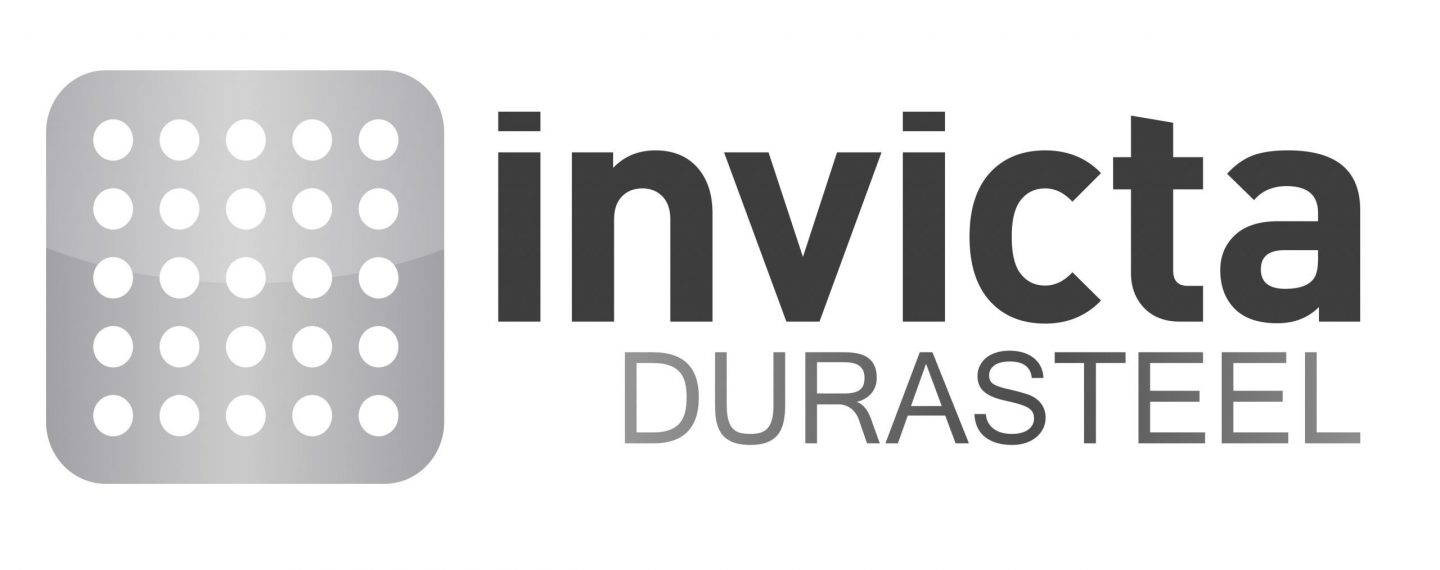

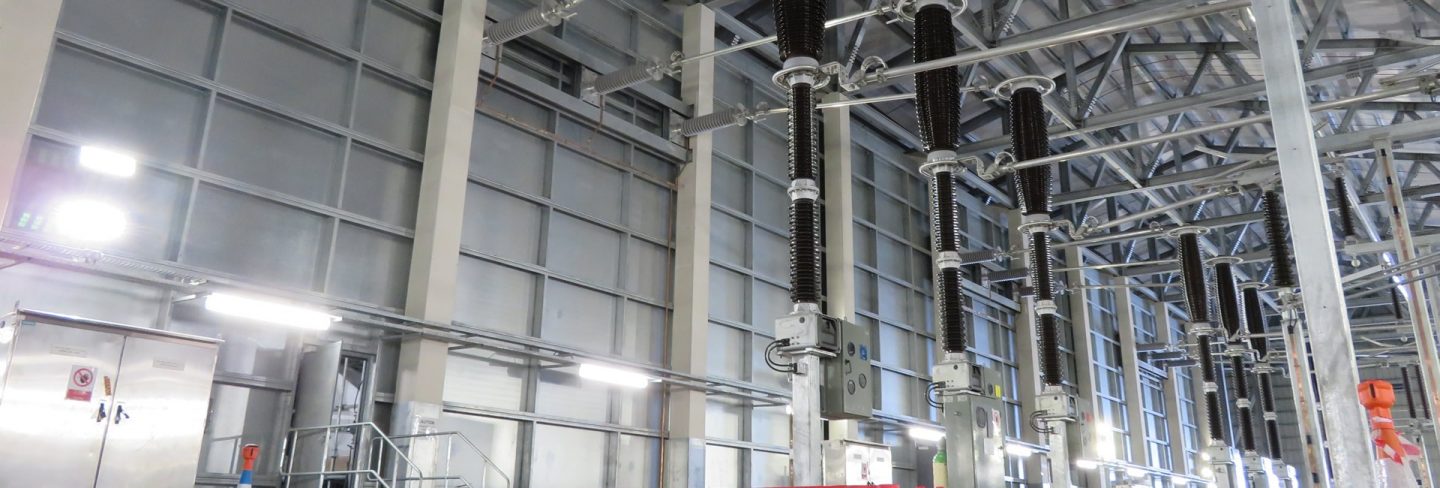
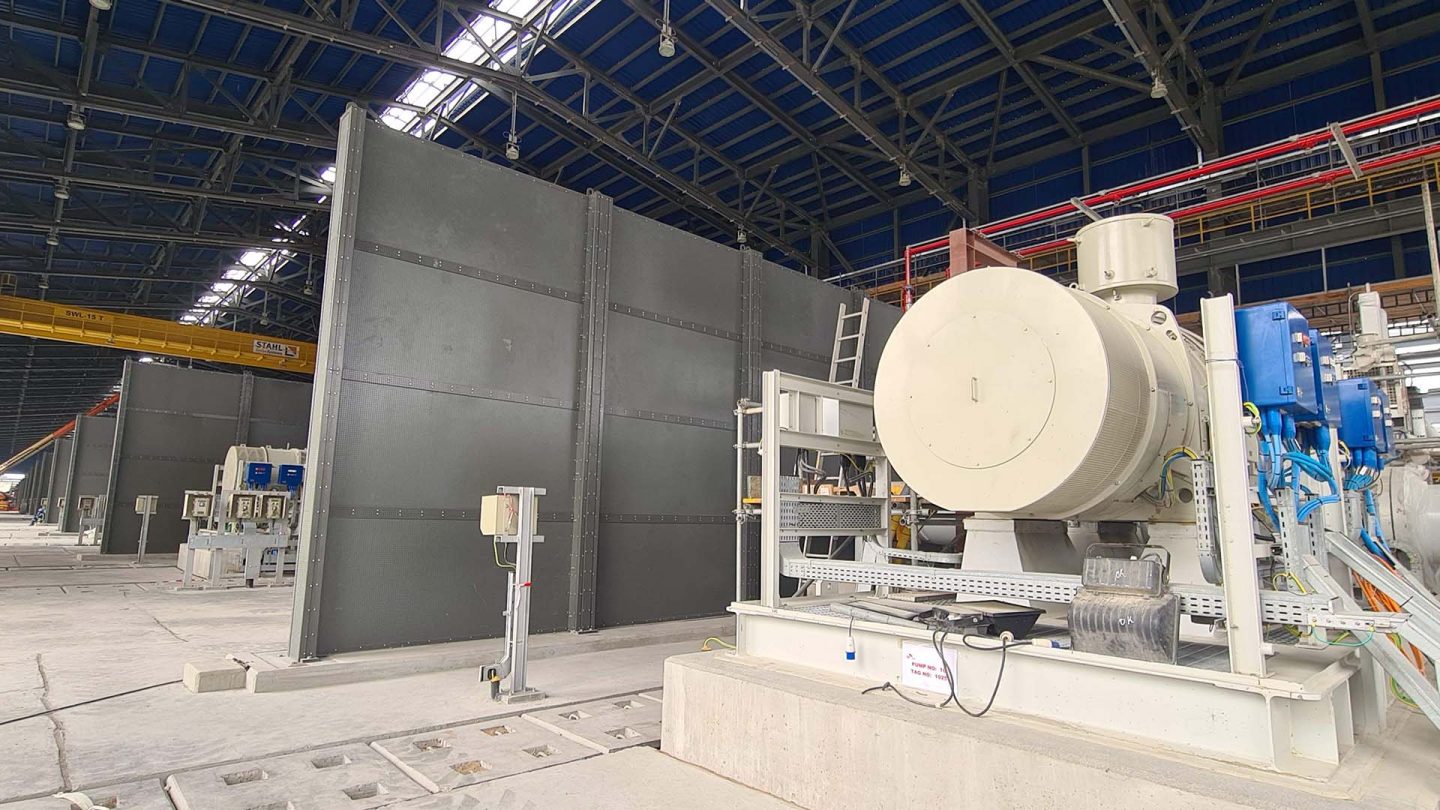
Share/Like this page